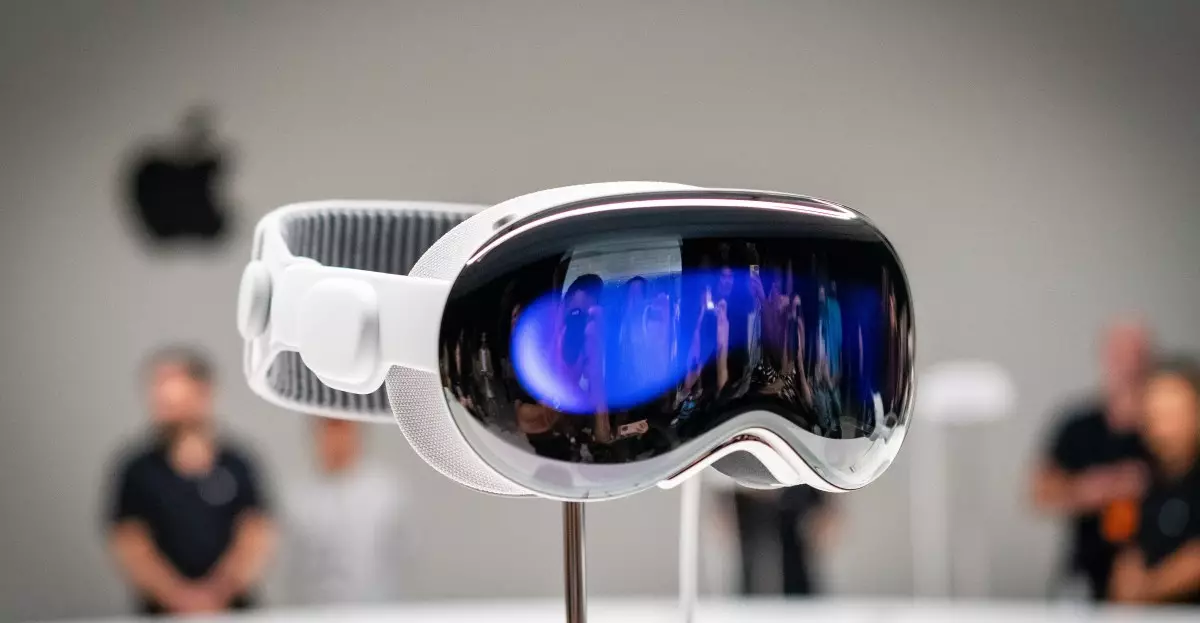In the fiercely competitive world of technology, the battle for proprietary knowledge isn’t just about staying ahead—it can determine survival. The recent lawsuit filed by Apple against a former employee serving as a stark reminder of how delicate the balance between talent acquisition and corporate secrecy really is. This case exemplifies the pressing need for companies to fortify their data security measures, especially concerning sensitive product research like Apple’s Vision Pro headset. It reveals that even the most rigorous safeguards can be compromised when individuals with access to confidential information make calculated moves to undermine the organization’s strategic advantage. The core lesson here is transparent: protecting innovation isn’t solely about technology but also about cultivating a culture rooted in integrity and vigilance.
The Ethical Abyss and Intentional Breaches
This controversy underscores the moral pitfalls that lurk within ambitious tech environments. The accused employee’s actions—downloading thousands of documents, reorganizing files, and deleting evidence—illustrate a conscious effort to conceal intent and preserve access. Such deliberate misconduct erodes trust and exposes a fragile ethical foundation. It’s alarming to witness how personal ambition can override professional integrity, especially when the stakes involve billions of dollars in R&D investment. This case highlights that employee loyalty is often tested in moments of transition; hence, organizations must implement clear policies, continuous monitoring, and a robust ethical framework to deter betrayal. The human element—rooted in greed, competition, or perceived opportunity—remains one of the most challenging aspects of safeguarding proprietary information.
The Legal Dimensions and Their Broader Implications
Legal warfare, as displayed by Apple’s action, is a double-edged sword. While it serves as a deterrent and a means to reclaim stolen assets, it also reveals vulnerabilities in employment practices. Notably, Apple’s claim that the employee misrepresented intentions to secure access underscores how easily protocols can be bypassed amid ongoing talent wars. This legal maneuvering signals a growing recognition that regulatory compliance must evolve in tandem with technological advancements. The broader industry should heed this example, understanding that legal recourse alone may not suffice. Companies need proactive strategies—like non-compete clauses, regular audits, and internal surveillance—to anticipate and minimize risks before they manifest into costly disputes.
Reflections on Competitive Loyalty and Future Strategies
The case raises critical questions about loyalty in the digital age. As tech giants continuously seek the brightest minds, they also dispute access and ownership rights over intellectual property. It becomes vital for organizations to foster a culture where employees are equally committed to corporate values and innovation protection. Transparent communication about confidentiality agreements and clear delineation of proprietary boundaries can serve as deterrents. Additionally, employers must emphasize the importance of ethical behavior and corporate responsibility, especially when talent transitions are inevitable. This incident should prompt a reevaluation of exit procedures, including data escrow programs, enhanced digital footprints monitoring, and post-employment restrictions to minimize exploitation of insider knowledge.
A Defense Strategy for Future Innovation Security
Ultimately, safeguarding confidential research and development is a multi-layered process. Relying solely on legal action after a breach is a reactive stance; proactive measures are essential to defend against future threats. The tech industry must embrace a holistic approach—combining advanced cybersecurity, comprehensive employee training, strict access controls, and ongoing audits. Companies should also develop a vigilant corporate culture that recognizes the importance of protecting intellectual assets as a strategic priority. Regular risk assessments and scenario planning ensure organizations are prepared for potential breaches, rather than just reacting to them. Only through such resilience can innovation remain protected amid relentless global competition.
In reconstructing the narrative of corporate espionage, this case from Apple serves as a powerful illustration of the ongoing war for intellectual supremacy. It challenges organizations to think beyond policies and details, urging a fundamental shift in how they view the security of their most valuable assets—their ideas, research, and future. It’s not merely about legal safeguards; it’s about cultivating an environment where innovation is shielded by integrity, trust, and strategic foresight.

